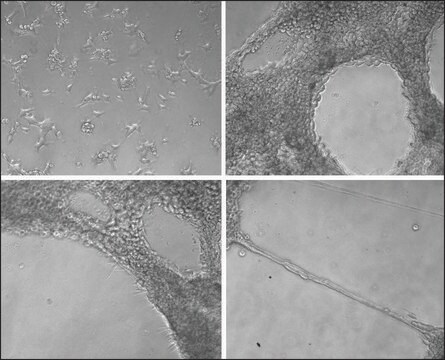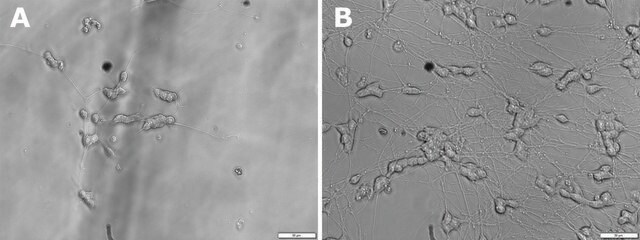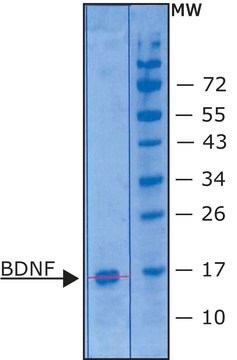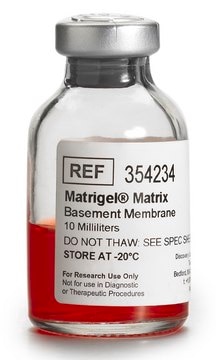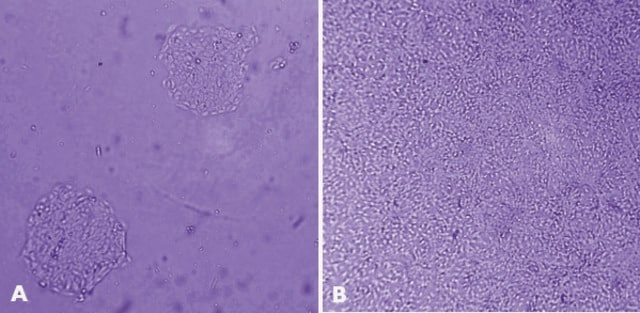E0282
MaxGel™ ECM
mixture, liquid
Synonym(s):
Human Basement Membrane Extract (BME)
About This Item
Recommended Products
Looking for similar products? Visit Product Comparison Guide
Application
- Extracellular matrix (ECM) protein binding assays
- Cell invasion assay
- Cell culture
Components
Caution
Legal Information
Storage Class Code
12 - Non Combustible Liquids
WGK
WGK 3
Flash Point(F)
Not applicable
Flash Point(C)
Not applicable
Certificates of Analysis (COA)
Search for Certificates of Analysis (COA) by entering the products Lot/Batch Number. Lot and Batch Numbers can be found on a product’s label following the words ‘Lot’ or ‘Batch’.
Already Own This Product?
Find documentation for the products that you have recently purchased in the Document Library.
Customers Also Viewed
Articles
Human cell derived basement membrane extract (BME) hydrogel for 3D cell culture of primary cell, stem cell and xenograph cancer models.
Hydrogela are the most widely used systems for 3D cell culture. Learn more about this technology (what are hydrogels? How to chose?)
3D cell culture overview. Learn about 2D vs 3D cell culture, advantages of 3D cell culture, and techniques available to develop 3D cell models
Our team of scientists has experience in all areas of research including Life Science, Material Science, Chemical Synthesis, Chromatography, Analytical and many others.
Contact Technical Service

